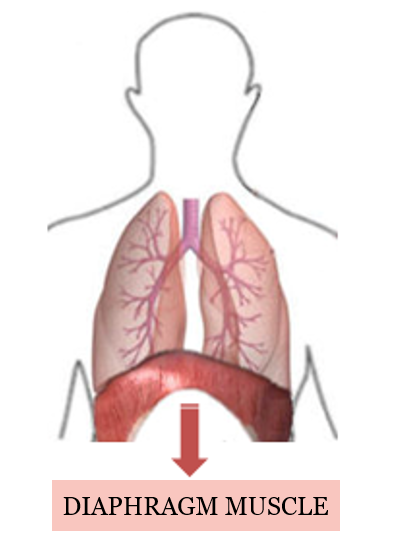Before you start singing it is essential that you have adequate breathing, both for sustaining the notes without losing our breath, and for our vocal health. It seems crazy to talk about something as basic as breathing in this material; after all, breathing is something we have done from the moment of our birth, isn’t it? However, for singing, we must use a type of breathing that is different from what we have been accustomed to.
This different type of breathing is known as “diaphragmatic breathing”. To breathe diaphragmatically, we shall be using a muscle known as the diaphragm that is between the thoracic and abdominal cavities. This breathing standard is the most recommended, as it uses muscles that are strong enough to sustain song.
Benefits of diaphragmatic breathing:
- Greater capacity to harness oxygen for the lungs and, as a result, a greater sustenance time for the musical notes;
- This removes the overload on the muscles of the larynx and neck (if the breathing movement is sustained by these muscles alone, there could be a wearing down of the voice, hoarseness, and even calluses.
How to do diaphragmatic breathing in three easy steps:

Step One:
Take up an adequate posture: relaxed, with neck aligned.
Step Two:
Place your hands under your last rib and then pull air through your nose, by expanding your stomach (do not exaggerate the expansion movement). Try to observe the movement of your ribs slowly opening.
Note: Make sure your shoulders do not move upwards while you are breathing in the air.
Step Three:
Breathe out slowly, through the mouth. Try to observe your stomach ‘shrinking’, or reducing in size as the air goes out. Also pay attention to the movement of your ribs closing.
This kind of breathing exercises should be practiced every day, so that your body shall get used to it, and so this may come naturally when you are singing. This means that these exercises must also be included in your exercise routine before you start singing!
